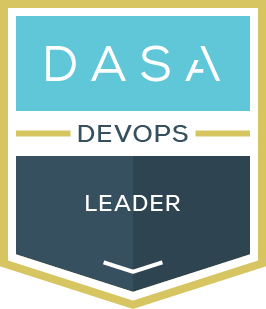In the modern workplace, fostering a productive and engaging organizational culture is essential. Arthur Carmazzi, an expert in organizational culture and gamification, advocates for a novel approach to achieving this goal: work gamification. This article delves into the concept of gamification in the workplace, explaining its benefits, how it can be implemented, and the outcomes it can achieve.
Understanding Work Gamification
Work gamification is not merely about making work fun; it is a sophisticated strategy that integrates performance measurement with motivational psychology and engaging activities. The primary objective of work gamification is to transform organizational culture, drive productivity, and enhance employee satisfaction.
The Impact of Organizational Culture
Organizational culture has a significant impact on performance. In a study of 70 companies, it was found that organizations with a poor culture had employees performing at only 68% of their potential. Conversely, companies with a strong culture saw employees exceeding their potential, performing at 151% of expected capacity. This illustrates that a positive organizational culture not only boosts productivity but also maximizes return on investment.
Feeling valued at work is crucial for employee satisfaction and productivity. Carmazzi highlights that achieving milestones and completing tasks provides employees with a sense of accomplishment and purpose. This feeling of value is essential for maintaining high motivation levels and a positive workplace atmosphere.
Carmazzi introduces the Gamification Value Perception Index to explain the psychology of achievement. This index starts with low confidence levels, which can increase as employees make progress and achieve small milestones. The anticipation of success, driven by dopamine, keeps employees motivated and engaged. As they achieve their goals, their competence and confidence grow, creating a positive feedback loop.
Implementing Gamified Measurement
To effectively implement gamification in the workplace, Carmazzi outlines several key steps:
- Set Clear Goals: Establish specific, measurable objectives for the gamification strategy.
- Identify Key Behaviors: Determine the behaviors that will lead to achieving these goals.
- Understand Emotional Gratifications: Recognize the emotional drivers that motivate employees, such as achievement, recognition, and personal growth.
- Create a Theme: Develop a cohesive theme for the gamification strategy to enhance engagement. This could be superheroes, secret agents, or any other relatable theme.
- Design the Game Structure: Construct the framework of the game, including rules, points, and rewards.
- Implement Regular Measurement: Use tools to measure behaviors and provide instant feedback. Regular feedback ensures continuous improvement and sustained motivation.
- Incorporate Resurrection Periods: Allow employees to start fresh periodically, giving them the opportunity to learn from mistakes and improve continuously.
- Instant Feedback: Behaviors should be measured daily to provide quick feedback. This approach helps maintain high levels of engagement and allows for continuous improvement.
Overcoming Barriers to Engagement
Carmazzi identifies trust as a critical factor in creating a fun and engaging workplace. Understanding how different brains process information can enhance trust and collaboration among team members. By recognizing and accommodating these differences, organizations can foster a more cohesive and productive work environment.
Tools and Techniques
Carmazzi recommends using tools like the Squadly app to measure individual and team behaviors in real time. These tools facilitate the implementation of gamified measurement by tracking progress and providing instant feedback. Additionally, creating a unified identity within the organization helps employees feel connected and engaged.
Conclusion
Arthur Carmazzi’s insights into work gamification provide a comprehensive framework for transforming organizational culture. By integrating fun, diversity, and continuous measurement into the workplace, organizations can significantly enhance employee engagement and productivity. Implementing a structured gamification strategy, as outlined by Carmazzi, can lead to tangible improvements in performance and a more positive organizational culture. By adopting these strategies, organizations can not only make work more enjoyable but also achieve remarkable improvements in productivity and employee satisfaction.


DASA DevOps Leader
Helps leaders understand leadership in the context of DevOps, discusses leadership development models, building teams, and transforming the organisation.
